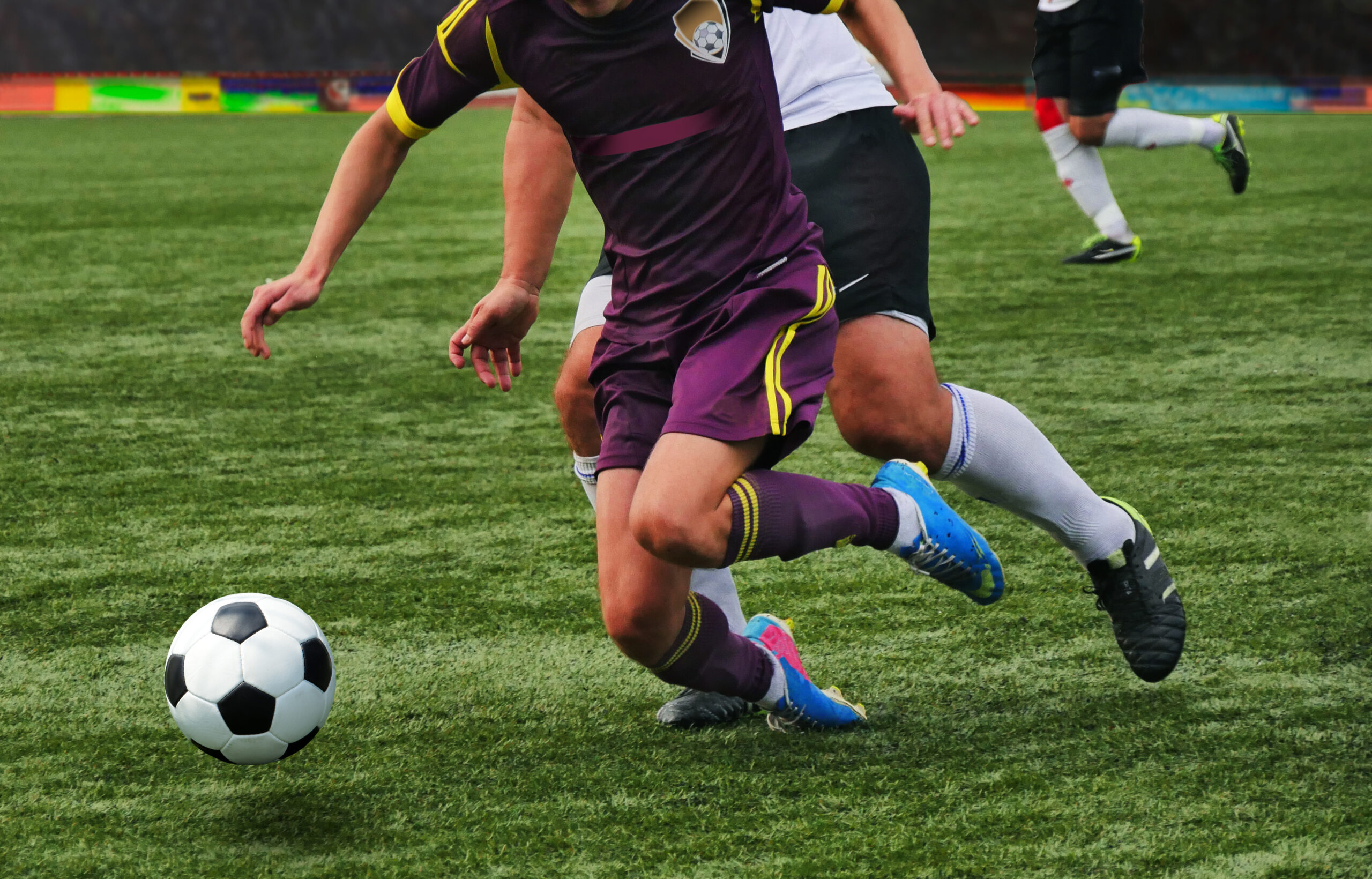Ankle injuries can keep you from enjoying the activities you love. If you participate in any of these sports or athletic activities that put players at a higher risk of damaging the joint, here are the steps you can take to avoid getting hurt.
For many athletes, ankle injuries are a common cause for concern. While most sprains can heal in less than two months through rest, icing, and bracing, that still means time off from playing sports and enjoying other aspects of an active lifestyle.
In addition to the pain and discomfort they cause, sprains can put you at risk for developing more serious conditions. Even after they heal, they can leave the ankle weaker and more prone to dislocations, fractures, or osteochondral defects formed by cracks in the cartilage.
Whether you’ve had sprains before or simply want to avoid this painful condition, careful prevention is key to maintaining your health and continuing to enjoy your favorite sports. Here’s what it takes to avoid ankle injuries while playing soccer, running, and more.
SOCCER
In sports and in life, it’s a good idea to look before you leap. Aside from being on the receiving end of an unexpected slide tackle, the most common way to sprain your ankle is jumping — perhaps for a contested header — and landing badly. If you jump in a crowded area, spare some attention to where you touch down. While in competitive leagues it’s expected that you go for every ball you can, weekend warriors might exercise some caution and avoid risky jumps.
Soccer is a sport of quick acceleration, and the rapid directional changes it requires can also cause ankle injuries. Preemptive balance training can help you avoid sustaining any damage. This training consists of exercises like standing on one foot with your other ankle behind your back, catching and throwing a ball while on one foot, and one-legged squats.
BASKETBALL
As much as fans and announcers talk about “ankle-breaking” ball handling, the main cause of ankle injuries in basketball is actually rebounds. Be careful of risky leaps, whether it’s a heavily covered jump shot or a battle at the rim. Similar to soccer, landing on an uneven surface after a jump causes the most problems. So if the area is too congested, don’t be afraid to fall.
In addition, the stiff floor and rapid pivots of basketball are a recipe for ankle strain. Basketball shoes are designed with this in mind, so someone playing on a competitive team can take comfort in that layer of ankle protection. However, if you’re playing a pickup game in a regular pair of sneakers, watch out for quick stops and turns.
FOOTBALL
In any sport, it’s important to know your risks — and in football, those can vary by position. The causes of injury for a lineman are going to be different from those for a receiver or defensive back. For open-field positions that make rapid cuts and go up for the ball, the primary risk is landing unevenly. For those closer to the line of scrimmage, the bigger worry is getting forced into an unnatural position by the weight of a pileup.
Football is a contact sport, so some risks must be accepted. Still, a consistent stretching and strengthening regimen can go a long way. Jumping and skipping exercises can both strengthen the ankle and prepare it to absorb the impact of hitting the ground with force. Band exercises are useful for stretching your ankle beyond the normal pressures of practice, and could make all the difference if your foot ends up lodged at an awkward angle.
DANCE
Dancing is rigorous exercise, and ballet in particular puts the ankles under intense strain. As you learn new routines, it’s vital to gradually strengthen and work up to moves that force your feet into more difficult contortions. It is also important to strike a balance between mastering a move and overworking the muscles of the foot.
In what is already a standard practice, wrapping satin shoe ribbons around the ankle while dancing en pointe will help keep the foot stable in this elongated, high-pressure position. Although less research has been done on other forms of dance, proper warm-up, strengthening, and stretching have all proven helpful for injury prevention among ballet dancers.
RUNNING
Beyond buying sturdy shoes, choosing the right surface is key to safe running. By sticking to flat surfaces, you can decrease the risk of rolling your ankle. If you prefer running trails, then make sure not to lose sight of the changes in terrain. While some ankle injuries come from missteps and twists, others can stem from repetitive pounding. When you start to feel consistent pain, it’s time to take a break. Stretching before and after running sessions is also useful.
If you’re suffering from an ankle injury, consult an orthopedic specialist to learn about your treatment options. At Comprehensive Orthopaedics, our team of ankle specialists —Dr. Engel, Dr. Nute and Dr. Lasee — have helped countless patients get back on their feet and return to the activities they enjoy. Contact us today to take your first step on the road to recovery.



